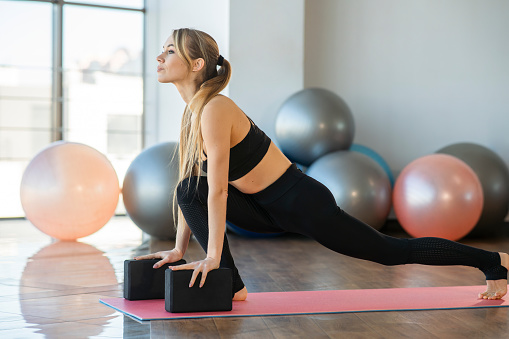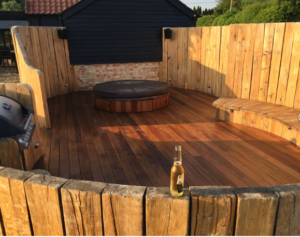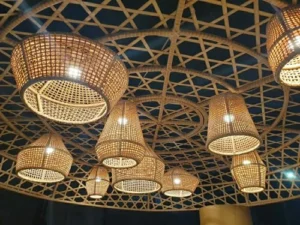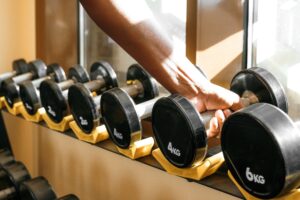How To Use Yoga Blocks To Improve Your Yoga Practice?
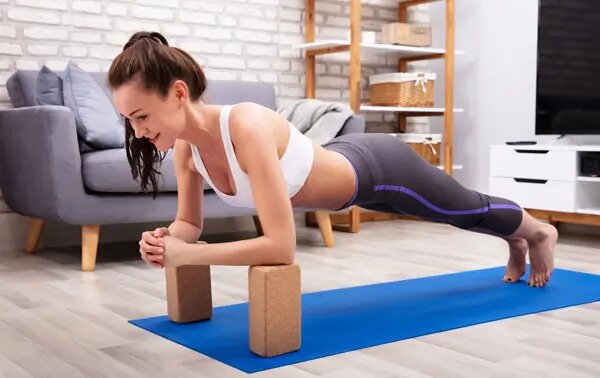
Quite a long time back, when I initially began rehearsing yoga, I didn’t use props; I didn’t “need” them to achieve the posture. It’s fair to say that a considerable amount of yogis might share my mindset. They might appear to scorn utilizing blocks, considering them to be a confirmation of weakness, only for beginners, the injured, less flexibility or inability to perform the “full asana.”
In any case, this is what I’ve realized: props are devices. You wouldn’t pass judgment on a manufacturer as “awful” at their work since they utilized the correct device for the job, so why not utilize the proper prop in yoga practice? Props aren’t only for novices; they’ll be utilized to create and even deepen an asana position apply. The Sankalpa‘s modest yoga block, for instance, gives us a number of approaches to vary our practice—assisting us with encountering a posture in another manner.
Yoga blocks facilitate wherever tension or tightness within the muscles might confine movement; they empower American state to induce the correct alignment wherever otherwise i’d abandon the posture, or less with efficiency deliver the goods it with pain or inappropriate alignment, that may lead to injury.
How Many Yoga Blocks Should You Have?
Whether you practice at home or at the studio, I recommend purchasing two blocks. Getting eco friendly yoga blocks will make your training amazingly more adaptable. You will have the option to do a lot more poses while placing your hands on two blocks. Whenever stacked together, blocks, particularly foam ones as they are softer, can even substitute a yoga bolster and work extraordinary for unwinding, relaxing and chest-opening poses.
On the off chance that you inevitably choose to utilize just one block, you can always stash the second one for later as a replacement if something happens to one of the blocks, or keep one yoga block at the yoga studio or your car for moments when you want to handmade yoga products it up!
Using Props Can Elevate Your Practice
I was not precocious with natural flexibility, and for the longest time i used to be compensating in several poses to seem a lot of versatile than I really was in studio categories. My ego would take over and I would overextend in triangle pose, reaching my hand towards the ground, even though I couldn’t comfortably reach, which would collapse my obliques (side abdominal muscles) causing my hip flexor and psoas to pitch and my spine to come out of alignment.
When I was introduced to using a block, I was able to enter into this pose and many others with alignment. I found that I had been over stretching and was locking key areas, like my hips, lower back, and hamstrings that were leading to injury.
Once I began using blocks and saw the benefit, I never stopped. I now hate to practice without them and find new ways to expand my practice.
Which Yoga Blocks Should you Invest in?
At first glance, yoga blocks may all look the same! But there are subtle differences in shape, size and material that all play a factor for your practice. How heavy the blocks are, convenience of travel and durability/clean ability.
Everybody will have their own inclinations, and a few blocks work good for different purposes. In this way, investigate and see what works for you. It won’t affect your practice or the blocks function. And the more blocks the better! I have a set of cork and wood blocks.
The plan and thickness of the blocks play an element too. What is the primary function of the block? A softer foam block is better suited for stretching, building flexibility and great for restorative yoga. Where a firm and sturdy block, such as wood, bamboo or cork are best for inversions and arm balancing poses.
How To Use Yoga Blocks?
It’s very simple, so don’t be intimidated. Simply think about the blocks as expansions of your hands bringing the ground nearer to you. The key focus on keeping correct alignment as you flow between every posture and to not force any of the stretches.
During your yoga apply keeping your blocks on either aspect of your mat or if you’re victimization one, i prefer to stay it at the highest of my mat a bit off to the aspect. It takes it slow obtaining wont to, but you will get into the habit of moving the blocks up or down your mat with you as you flow thus they are continually associate degree arms length away.
Likewise, with any yoga training, you’ll improve in yoga with persistence and consistency. You will get more flexible and more grounded with time! Inevitably, you might not need the blocks—however you may very well become hopelessly in love with them, as I am, and continue utilizing them in any case since they advance the stretching of your body and improve mobility and form.
Blocks are great to use in seated poses as well, as they offer extra help for your tight hips and knees and help prevent injury. For example, sitting on the block in the Hero Pose (Virasana) will save you the unpleasant sensation in your knees while simultaneously extending and stretching your thighs. By adjusting the height of the block, you can gradually progress in the direction of the full asana without strain and danger of injury.
Another pose that a block is great to assist in is, Side Angle Pose (Parsvakonasana). It’s a great full-body pose that advances strength, flexibility, balance, and spine lengthening. In any case, the full posture where one hand’s contacting the ground and the top arm reaches overhead and towards the front to create a straight line from the toes to the fingertips is not really open to most individuals. Me included!
Some of us don’t have adequate flexibility to play out the full articulation of the posture, which results in the chest falling and collapsing and we begin to round the shoulders to compensate for poor alignment. By putting your base hand on the yoga block, you can enjoy the benefits of this pose with proper alignment and spinal integrity.
What if you are an advanced, seasoned yogi that is more flexible? Can you still reap the benefits from including blocks into your practice?
Blocks work extraordinarily well for muscle activation and for adding strength training to common poses. For instance, hold a block between your knees to activate inward thighs and keep your legs from spreading out while in bridge pose. Holding the block between your legs might not seem like anything, but give it a try and see how your whole lower body activates and the muscles fire to hold and squeeze the block.
Putting a block at your feet moves more weight into your hands to start, which gives you a supported lift to getting your feet off the ground and your knees onto your arms. Placing a block at your head mitigates the danger of falling forward by giving a place to rest your head as you transfer your weight forward.
Blocks are a great guide for extending and deepening your stretch, creating it possible for you to progress and advance your practice.
Or you can grasp the blocks in your hands during standing asanas, for example, Warrior II or Warrior III. The heavier the block, the additional intense the training and more strength and advantages you will receive.
Conclusion
My hope is that we can remove the stigma around blocks and props and make them inclusive to all. So, the next time you take class, give those blocks in the back some love and start exploring your body and yoga practice in a whole new level of depth.

